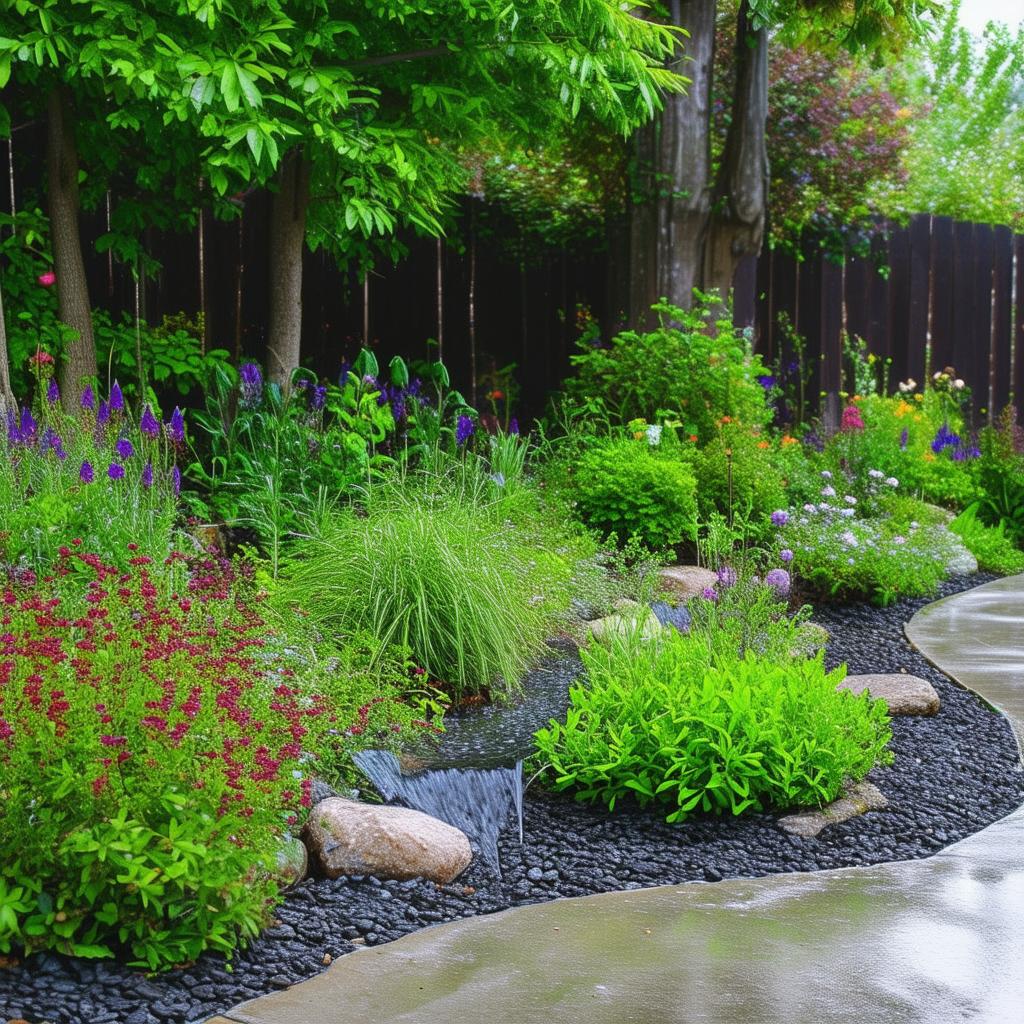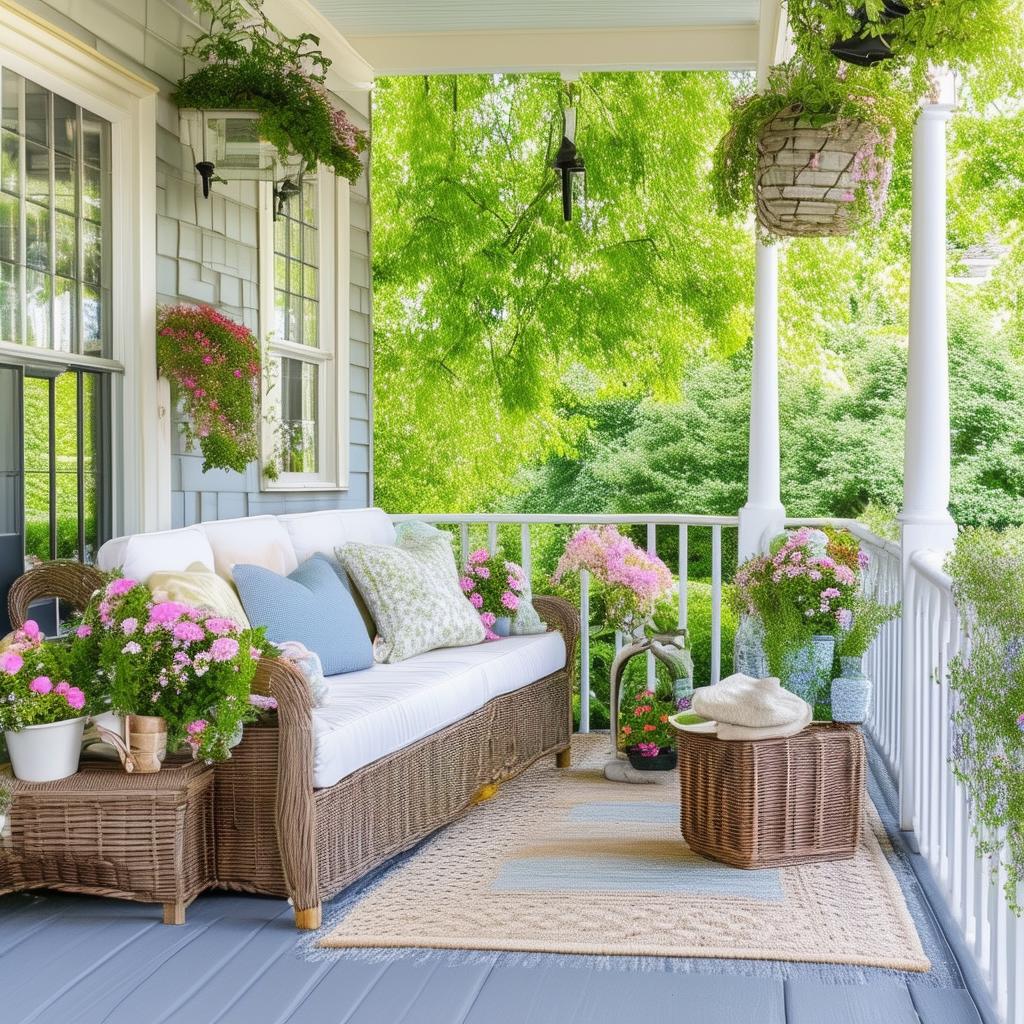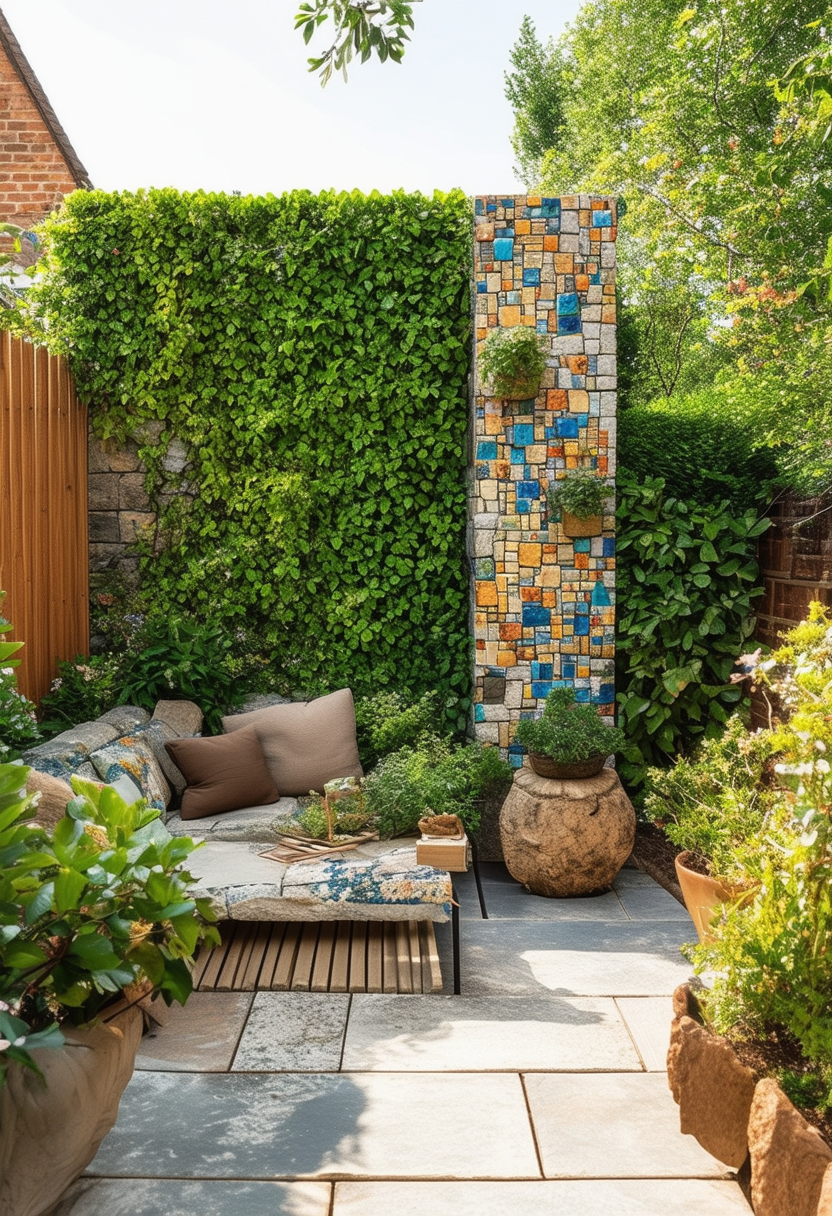In a world where climate change is becoming an ever-present reality, our relationship with nature is more important than ever. As we strive to find innovative solutions for sustainable water management, one creative landscaping technique has emerged as a harmonious marriage of function and beauty: rain gardens. By incorporating these natural ecosystems into our outdoor spaces, we can not only effectively manage stormwater runoff, but also create a stunning oasis that enhances biodiversity and promotes environmental well-being. Join us on a journey to discover the art of harmonizing nature through creative rain garden landscaping.
Benefits of Implementing Rain Gardens in Sustainable Landscaping
Rain gardens are a beautiful and environmentally friendly way to manage stormwater runoff in sustainable landscaping. By incorporating these gardens into outdoor spaces, property owners can benefit in various ways. One of the main advantages is the ability of rain gardens to capture and filter rainwater, reducing the impact on local water systems and preventing pollution.
Additionally, rain gardens can help to attract beneficial wildlife to the area, creating a harmonious ecosystem within the landscape. By using native plants in the design of the garden, property owners can support local biodiversity and provide food and habitat for birds, butterflies, and other pollinators. This not only enhances the beauty of the outdoor space but also contributes to the overall health of the environment.
Furthermore, implementing rain gardens can increase property value and curb appeal. These unique and visually appealing features can serve as focal points in the landscape, adding a touch of natural beauty and tranquility to any outdoor space. With proper maintenance and care, rain gardens can thrive year-round, providing long-lasting benefits for both the property owner and the environment.
Design Elements and Plant Selection for Success
In the realm of landscape design, rain gardens stand out as an innovative approach to sustainable water management. By strategically incorporating various design elements and carefully selecting plants, one can create a harmonious and functional rain garden that not only adds beauty to the surroundings but also serves a vital purpose in managing stormwater runoff.
When it comes to designing a successful rain garden, the selection of plants plays a crucial role. Native plants are often preferred for their ability to thrive in local conditions and require minimal maintenance. Incorporating a mix of perennials, grasses, and shrubs can help create a diverse and visually appealing rain garden that attracts beneficial wildlife such as pollinators and birds.
In addition to plant selection, the design elements of a rain garden are equally important for its success. Proper grading and mulching are essential for ensuring efficient water absorption and retention. Installing permeable materials such as gravel or pavers can help facilitate water infiltration while adding a decorative touch to the garden. By carefully considering these design elements and plant selections, you can create a beautiful and sustainable rain garden that not only enhances your landscape but also contributes to environmental conservation.
| Native Plants | Perennials |
| Grasses | Shrubs |
Maintenance and Tips for a Long-lasting Rain Garden
One of the key elements to ensuring the longevity and effectiveness of your rain garden is proper maintenance. Regular upkeep is essential to keep your garden functioning optimally and looking its best. Here are some helpful tips to help you maintain your rain garden for the long haul:
- Weeding: Regularly remove weeds and unwanted plants to prevent them from choking out your desirable vegetation and obstructing water flow.
- Mulching: Apply a layer of mulch around your plants to retain moisture, suppress weeds, and improve soil health.
- Monitoring: Keep an eye on the water levels in your rain garden and make adjustments as needed to ensure proper drainage.
Additionally, consider incorporating native plants into your rain garden landscape. Native plants are well-suited to the local climate and soil conditions, requiring less maintenance and water once established. They also provide habitat and food for local wildlife, further enhancing the ecological benefits of your rain garden.
| Tip | Benefit |
|---|---|
| Proper drainage | Prevents waterlogging and promotes plant health |
| Regular watering | Ensures plants thrive and reduces stress during dry periods |
| Annual maintenance | Keeps your rain garden looking beautiful and functioning effectively |
Wrapping Up
harmonizing nature through creative rain garden landscaping offers a sustainable and environmentally-friendly solution for managing water runoff. By implementing these innovative designs, we can work towards a greener future that not only benefits our planet, but also enhances the beauty of our outdoor spaces. Let’s continue to explore and embrace the potential of rain gardens as a way to coexist with nature and protect our water resources for generations to come.


